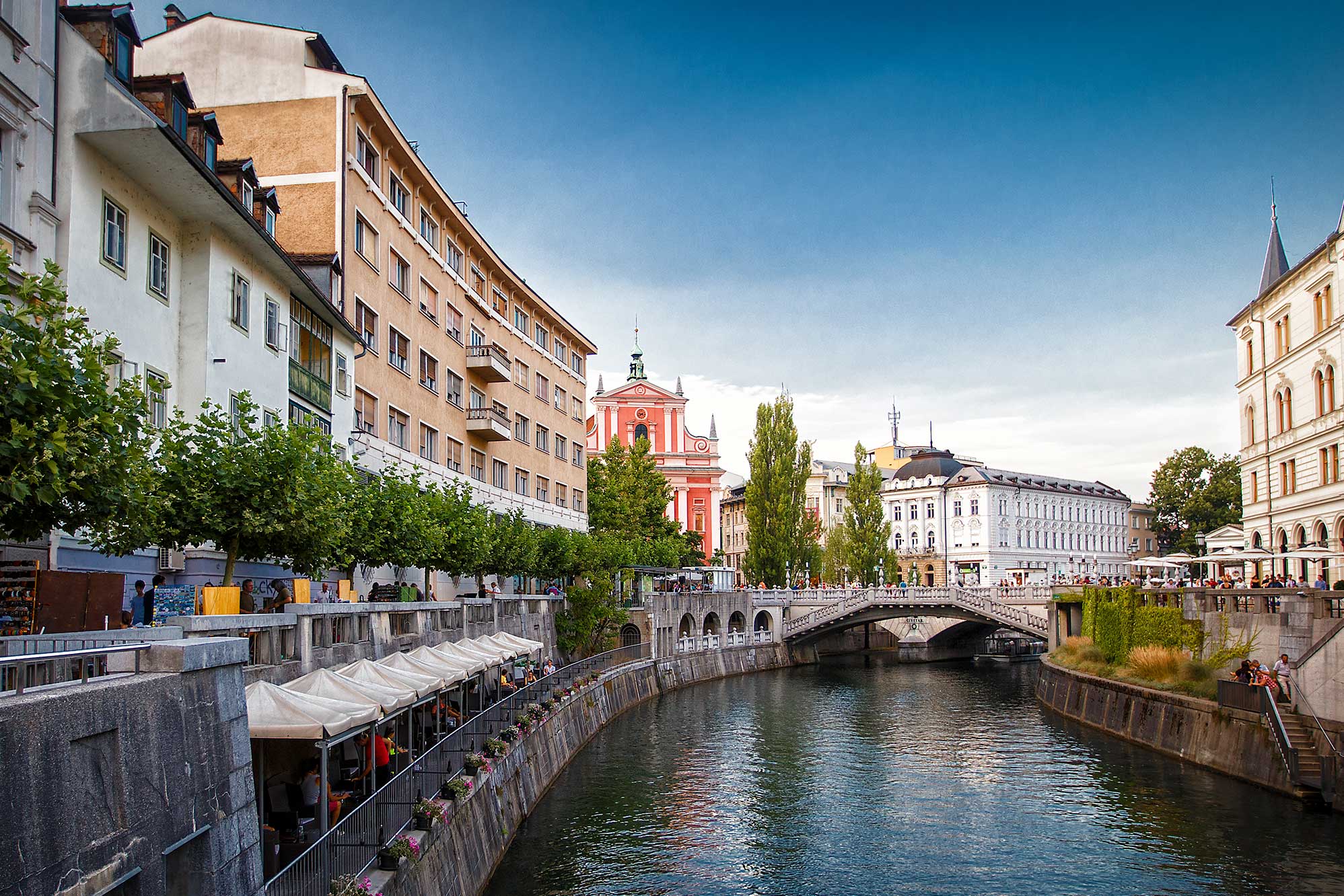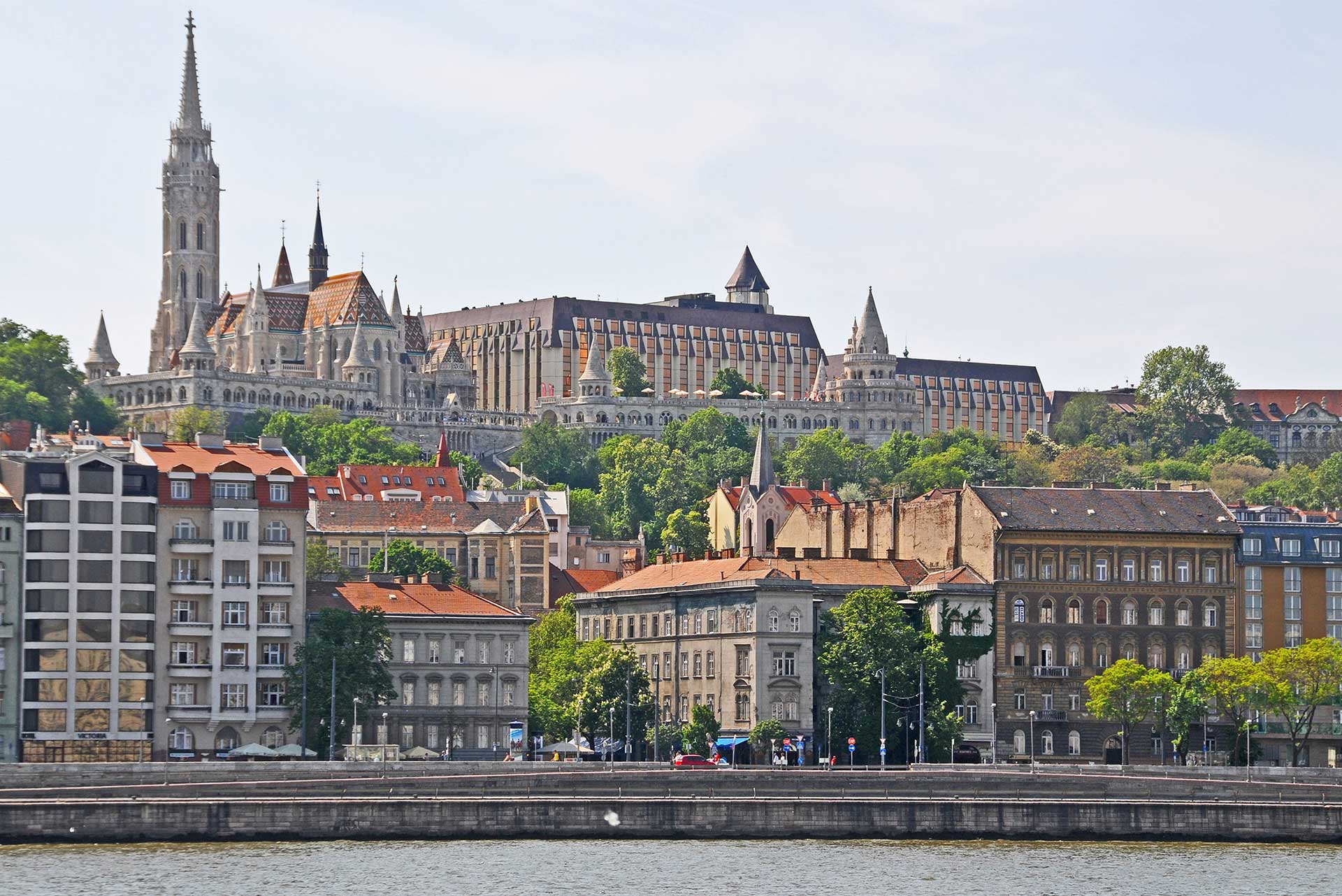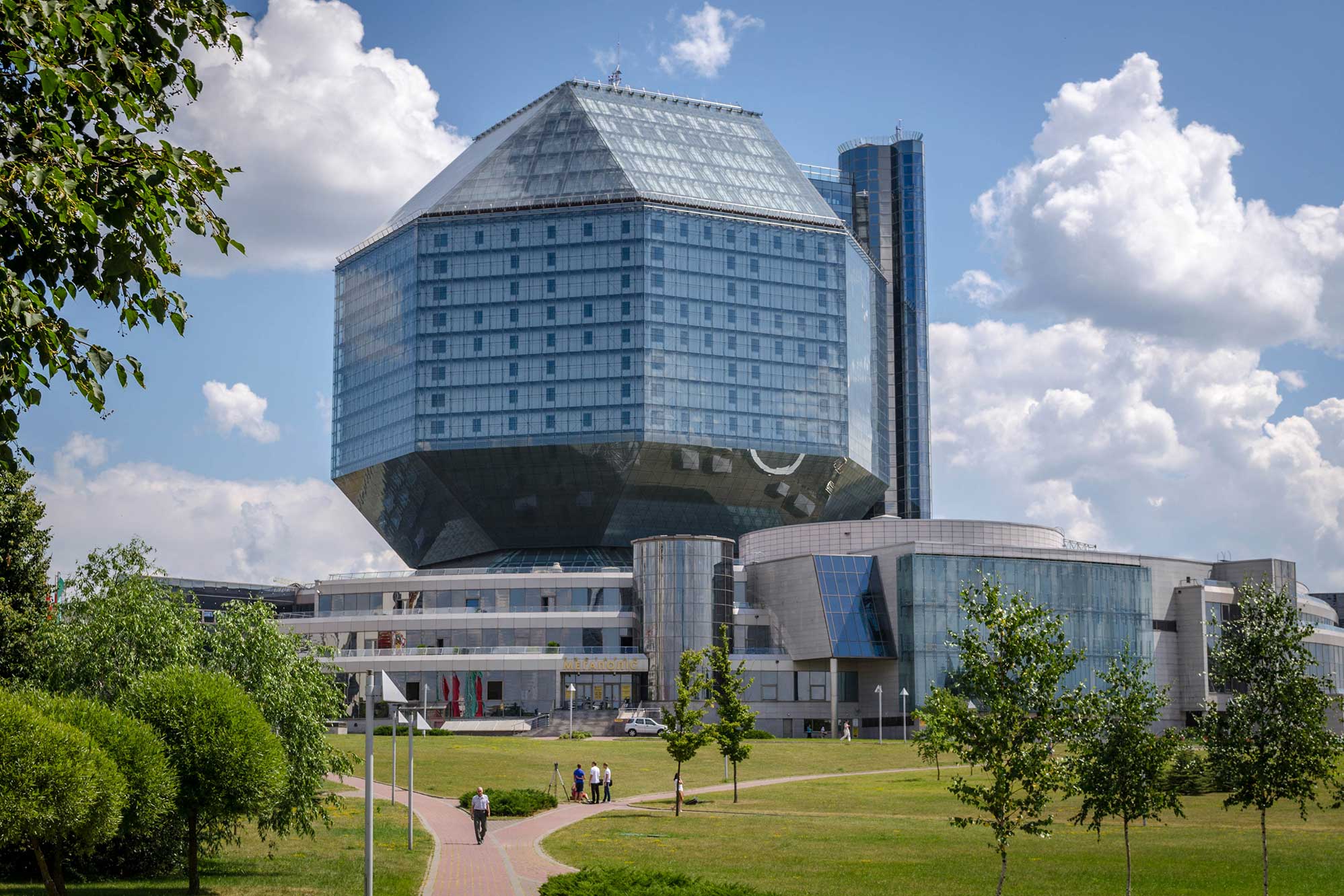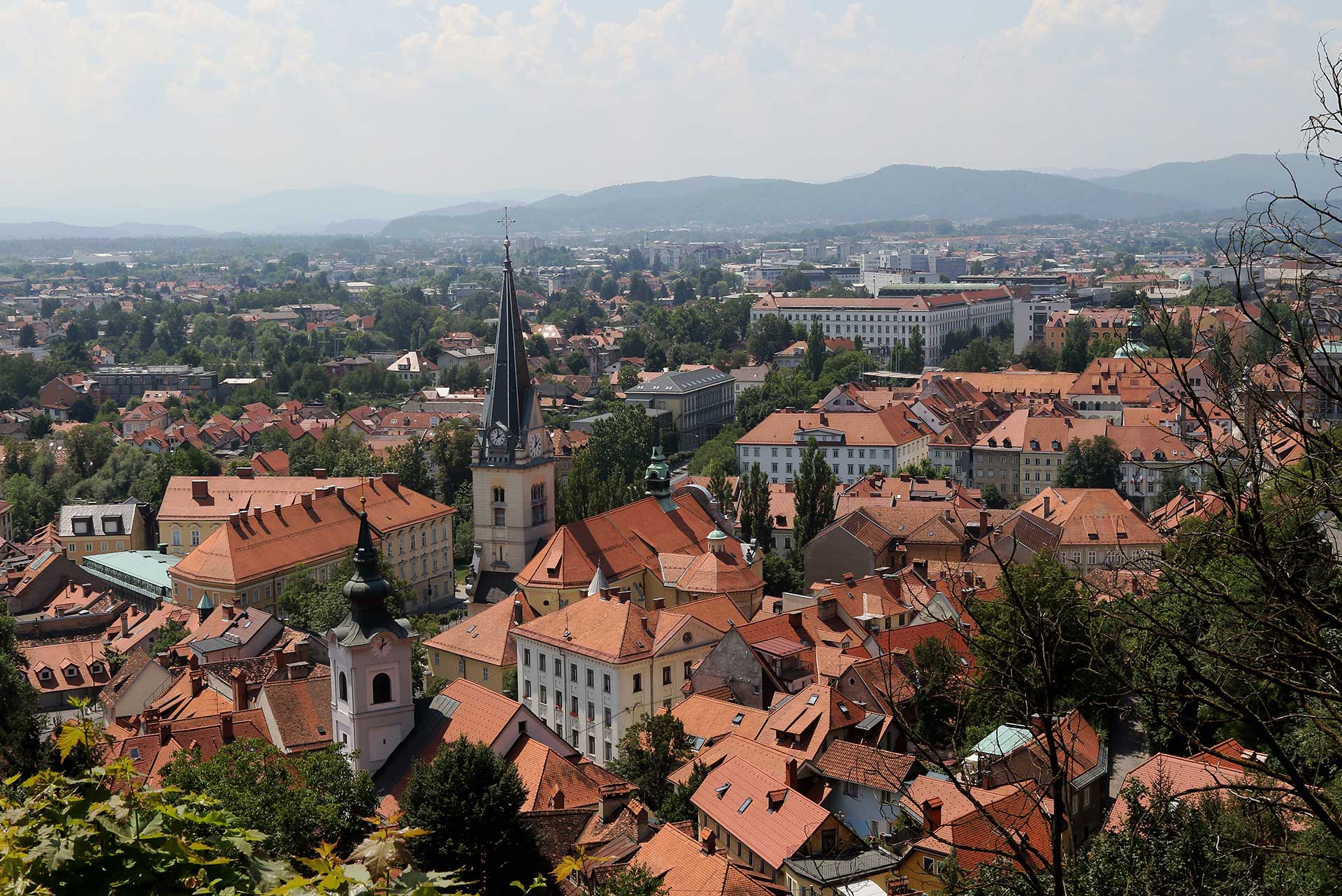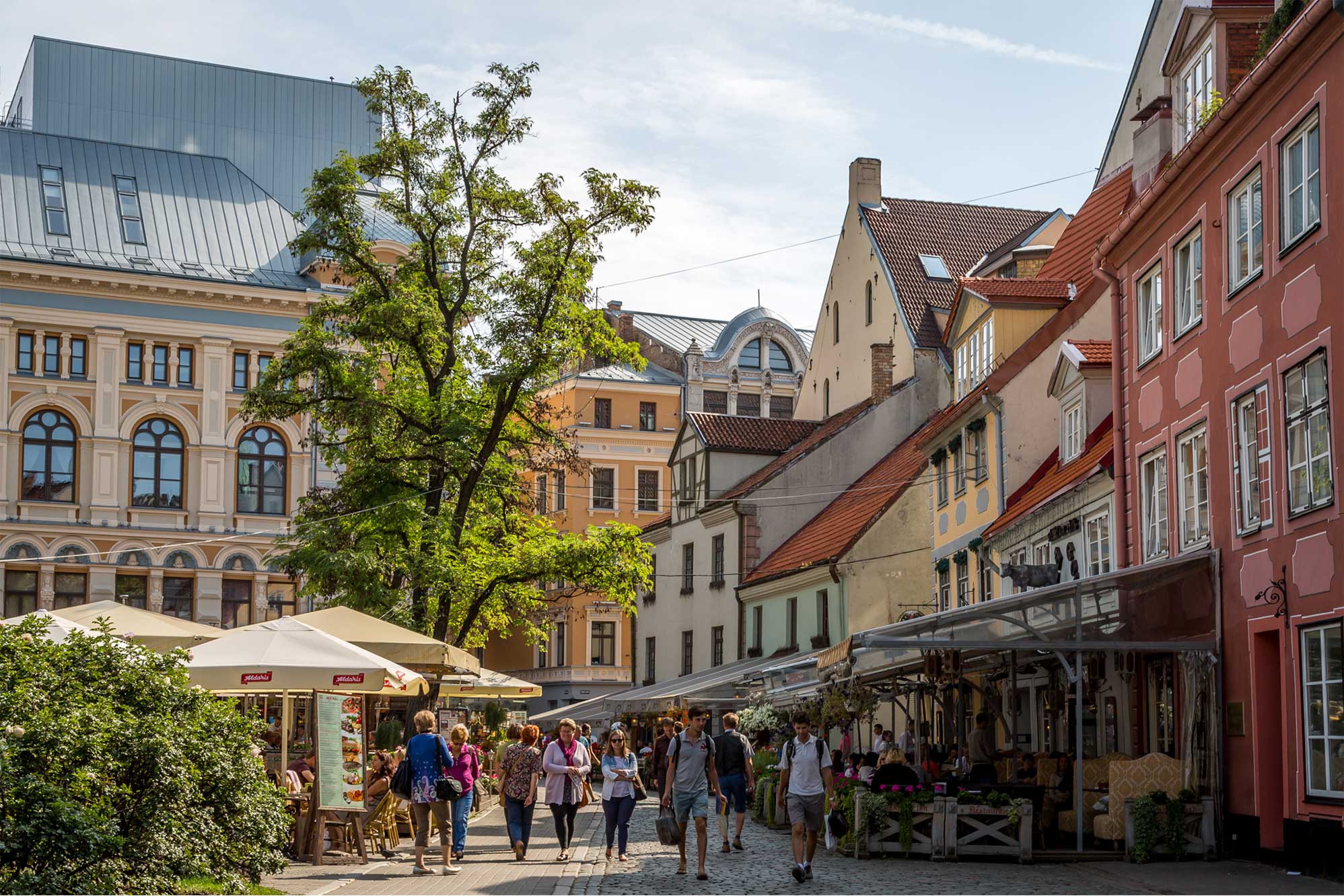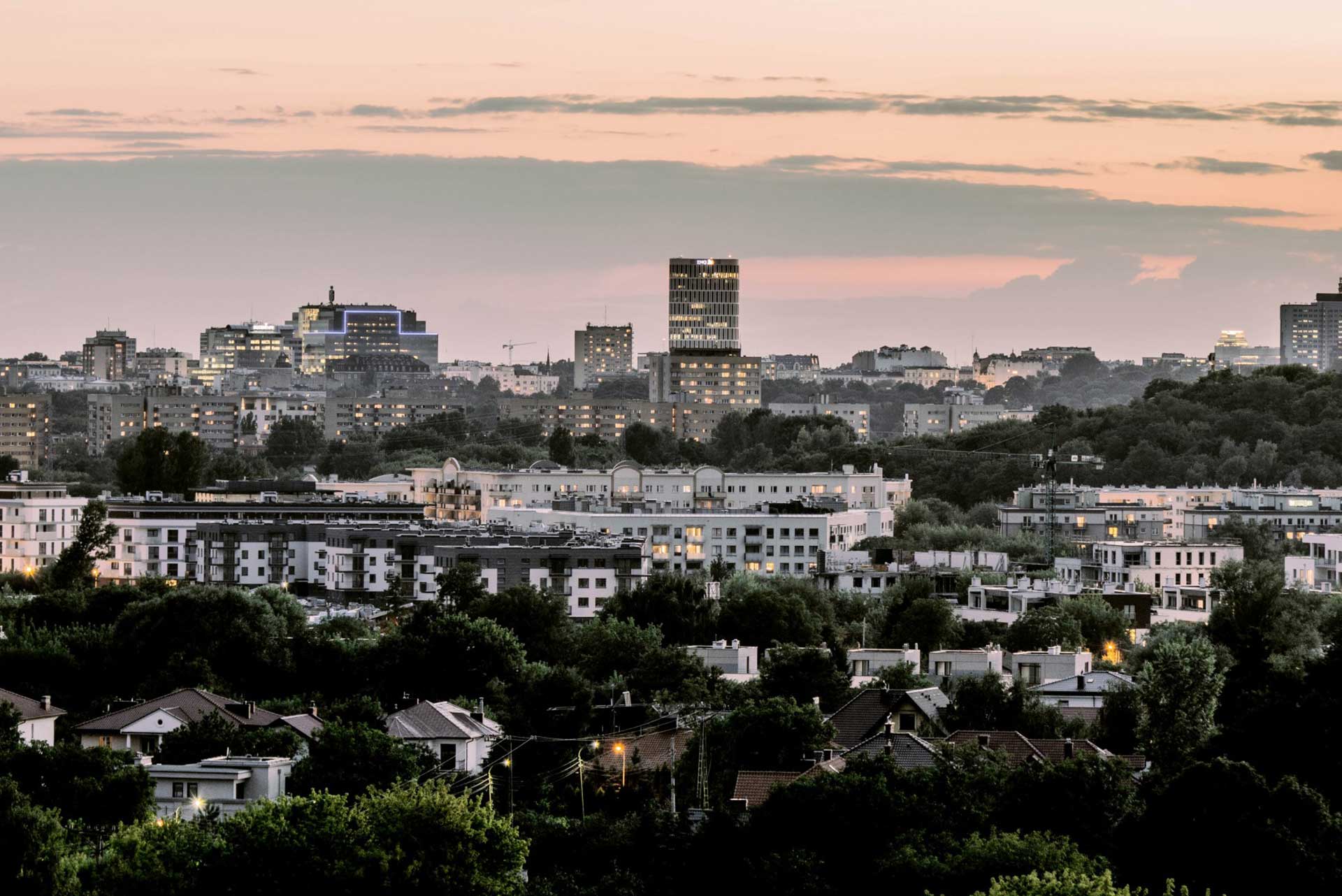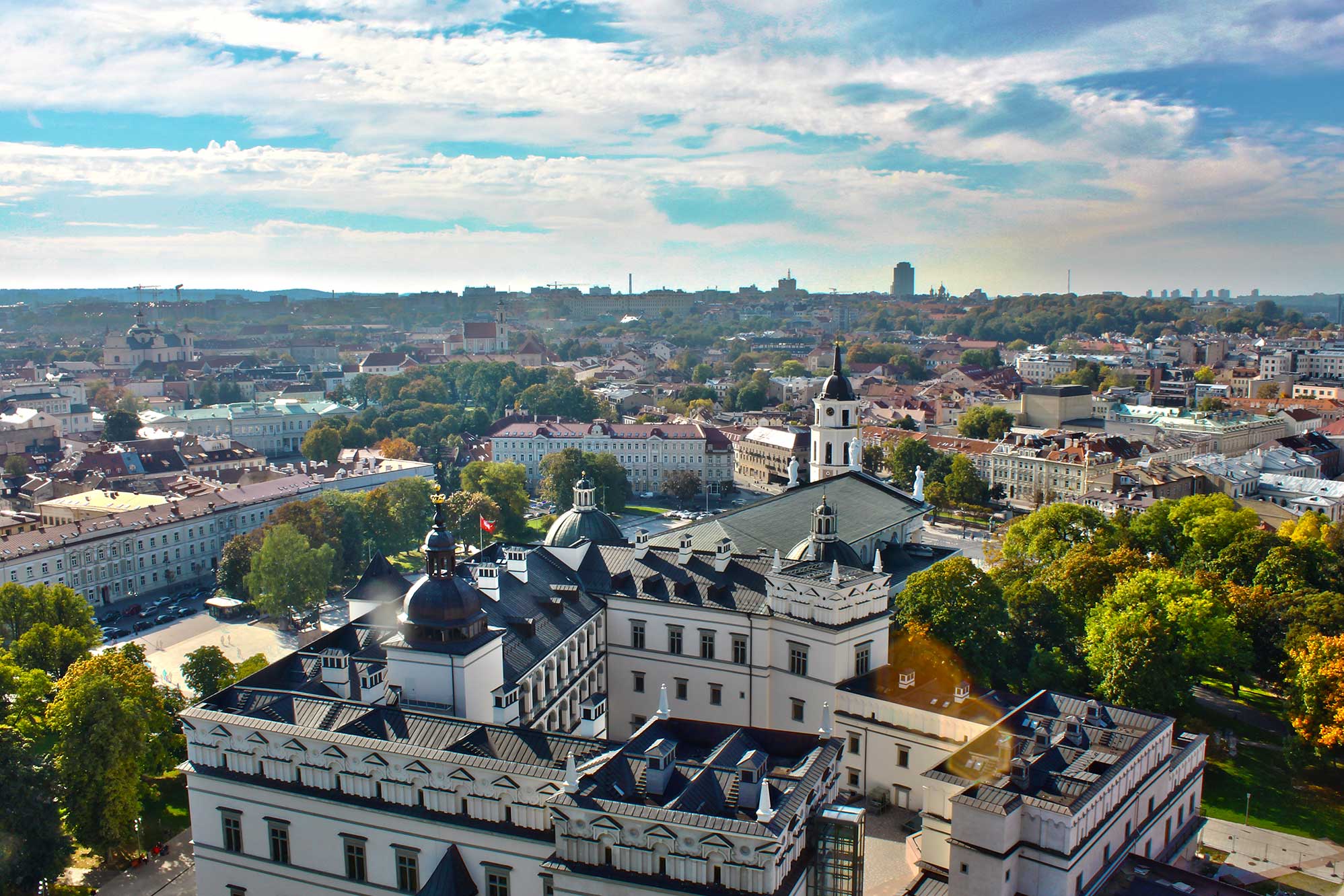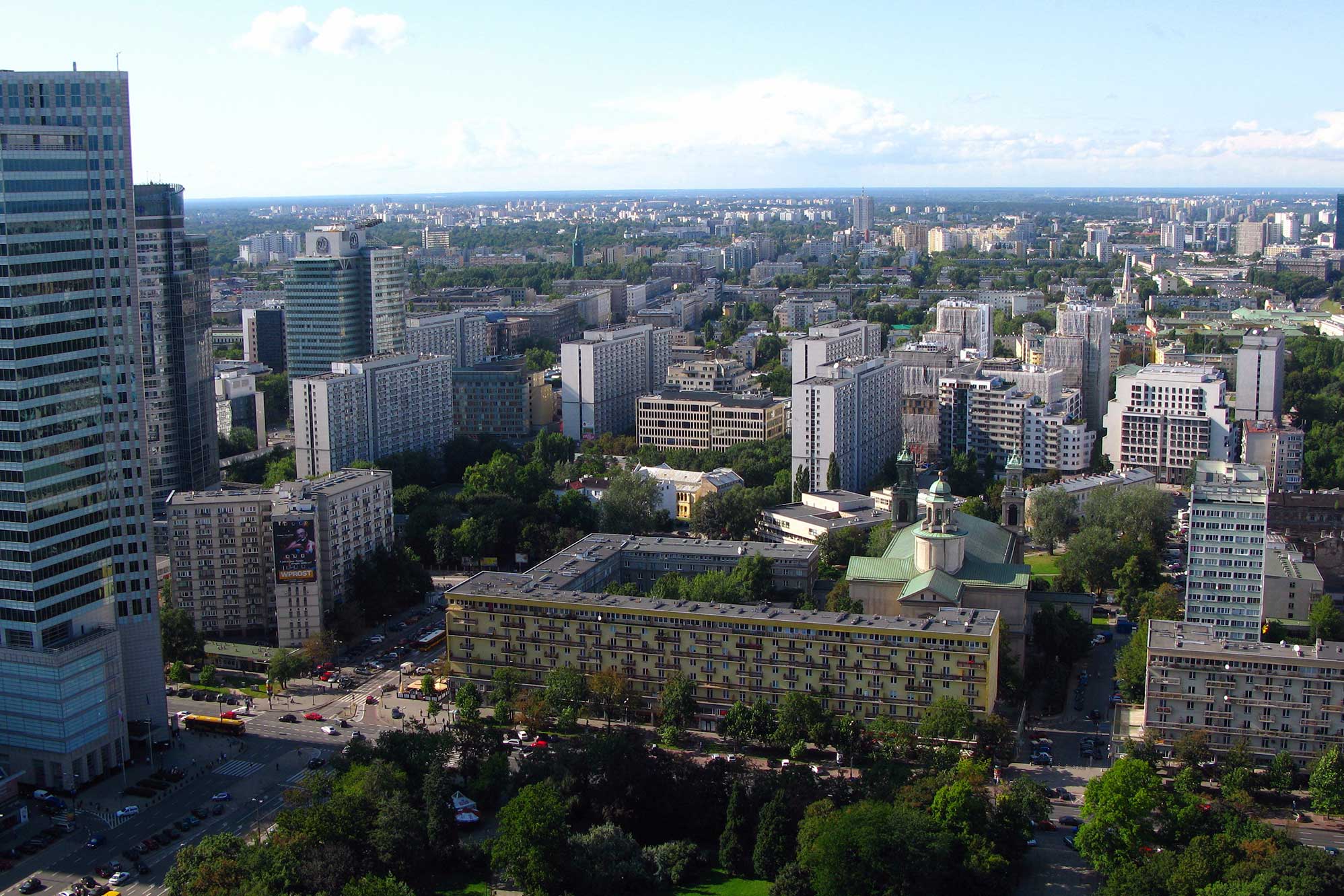Bucharest
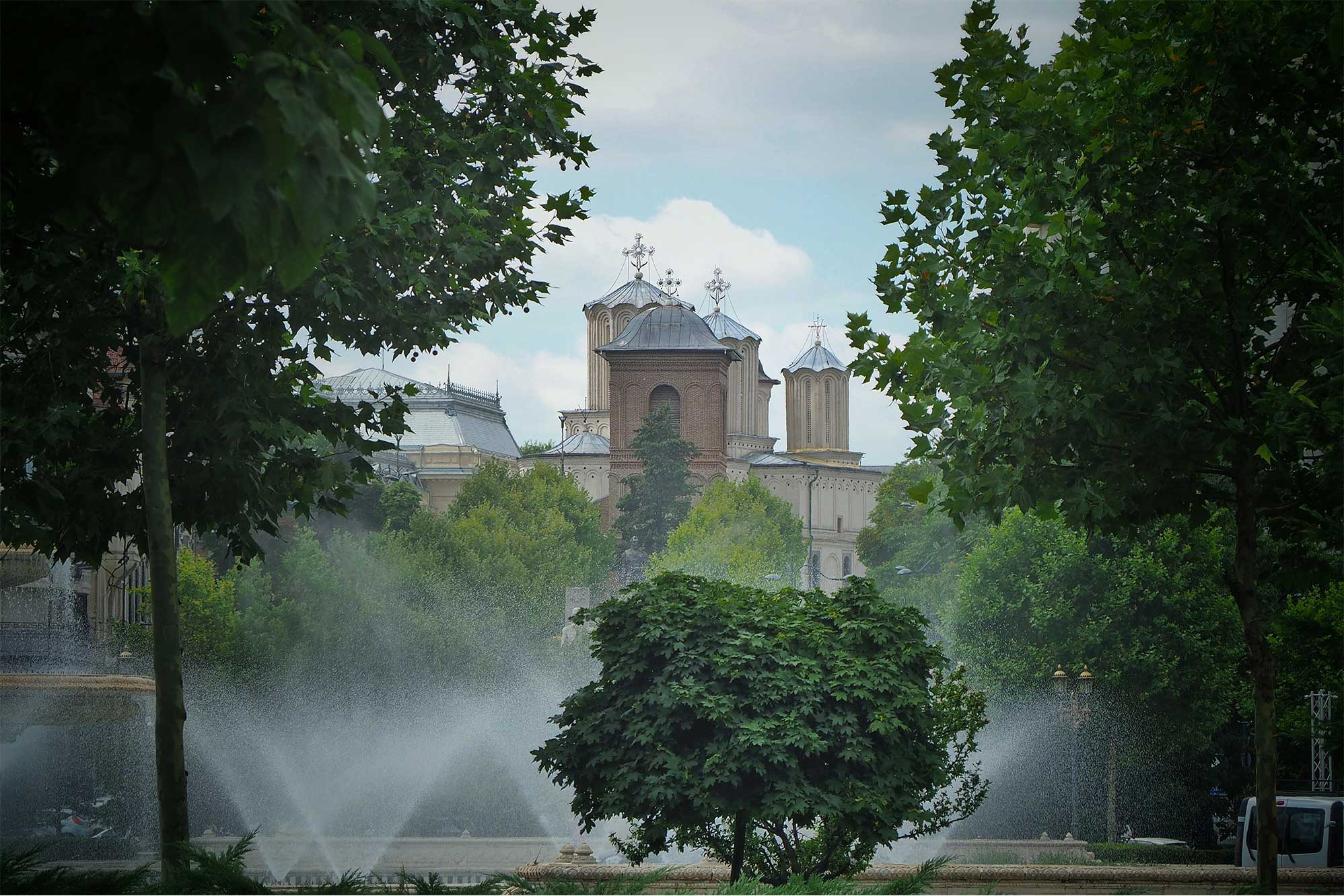
Bucharest is the beating heart of the country’s national economy and is heavy with the presence of industry, but it is an impressive example of a city that’s trying hard to shake off its poor sustainability ratings. In 2008, Bucharest became the first southeastern country to launch a Green Building Council dedicated to promoting green building and best practices. The council has successfully propelled the city towards a more sustainable present, and was followed a year later by the first Romanian building — AIG/Lincoln’s Lakeview office building — to be awarded for its design excellence from the widely respected environmental building assessment standards BREEAM. The city government is tackling its problem of traffic congestion by devoting resources to cleaning up its transport fleets. Moreover, an impressive 76% of Bucharestians either walk or cycle to work (compared with 44% in Rome who do the same).


